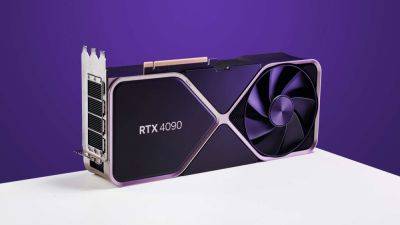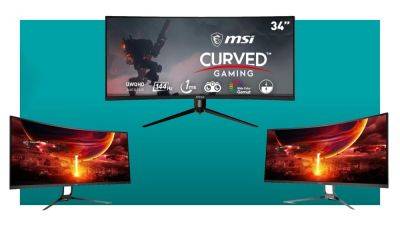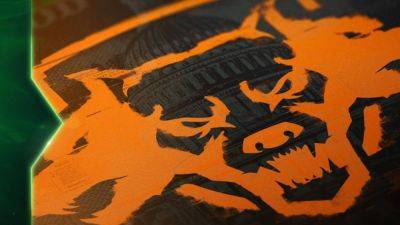This is what your PC looked like when Fallout first came out and it was wonderful and terrible at the same time
With everyone going stark raving over Amazon's new TeeVee adaption of Fallout, a pertinent question arises. Just how proto-industrial was the PC back when the OG Fallout game launched in 1997? After all, we're talking glass-tube CRT screens, ribbon IDE cables and less processing power than your bank card, right, something barely better than the monochromatic, diegetic Pip-Boy wrist computer from the game itself?
Pretty much. The minimum requirements for Fallout from 1997 make for fun reading. We're talking 16MB (yes, MB not GB) of RAM, an Intel Pentium CPU and 1MB of video memory, plus a screen capable of 640 by 480 pixels and a glorious palette of 256 colours.
Of course, any self-respecting proto-tech bro of the time wouldn't countenance mere minimum specs. So, what would the ultimate gaming rig du jour have looked like when Fallout first came out?
You'd definitely have wanted an Intel Pentium II which had the legs on the AMD K6 of the time. You'd probably have been looking at a mighty 300MHz model.
Back in the day, Anandtech found that the PII was over twice as fast as the K6 in the obligatory Quake II timedemo, cranking out a buttery smooth 66fps at 640 by 480 to the K6's laggardly 25fps.
If that choice was straight forward, choosing a video solution back then was much harder. It was the early days of dedicated graphics for the PC and the market was a veritable wild west of competing standards, formats and form factors.
For starters, you had the choice between an old-school PCI card or one of those new-fangled AGP or Accelerated Graphics Port beasts. Yup, a specialised port just for graphics.
Sign up to get the best content of the week, and great gaming deals, as picked by the editors.
You also had to decide if you wanted a card that could do both 2D and 3D rendering, or split those duties across different boards. As it happens, it was the Creative Labs 3D Blaster and its 3D-only 3Dfx Voodoo 2 chip that gave peak results for 3D rendering in Anandtech's late







